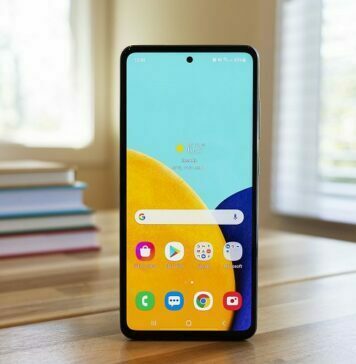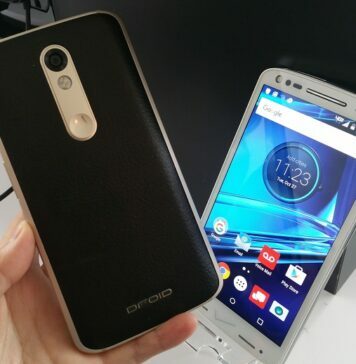We assume that you are enjoying the services of the fastest and most demanding operating version of Windows, i.e. Windows 10 nowadays. And in case you are still struggling with speed, here is how you can turn your Windows 10 Super fast. The reason why it is becoming a best choice among the users is various helpful features associated with it like redesigned Start Menu, Cortana as a digital assist and the much popular Action centre. Not only in features but if we compare it with other OS it is the most reliable operating system being best in functionality as well as in performance.
But as we know that in technology there is always some space for intrusions. Don’t take it wrong as I’m not saying that there is some sort of problem in this operating system but there are some key points by which you can enhance the functionality to give better performance. So if you had recently upgraded your PC to this latest operating system here is the 6 defaults setting that you should immediately change.
Table of Contents
1) Automatic Updates
In order to make it a fully upgraded OS, Microsoft gave no areas for the users to stop or skip automatic updates but later on this service is bypassed with some changes for home users. By using the following ways you can stop automatic updates of Windows.
- Metered Wi-Fi Connection-
With this option you can skip automatic updates of your Windows PC. Go to ‘Start Menu’ and search for ‘Change Wi-Fi Settings’. Once its up, Click on ‘Advanced Options’ and toggle the option to ‘On’. Thus by this you can stop the automatic updating of Windows. But this tweak will work only if you are using Internet through Wi-Fi.
2) Automatic Restart
This issue is related to the first one as automatic restart or rebooting happens whenever your PC gets updated. It is not a serious issue but can affect to the most if your PC gets restarted when you are doing something important. Scheduling it is the best option to overcome it.
- In the Start menu, search for ‘Advanced Update’. From that menu select ‘Advanced Windows Update Options’.
Now you will see another menu, tap on ‘Advanced Option’. From the options select ‘Notify to schedule restart’. That’s all. Now you will be notified whenever the PC gets restarted.
3) Disable Keylogger
Keylogging is the facility provided by Microsoft to know what the user is typing or asking the machine to do. This is stored as a feedback to improve their services. However, you can stop it with immediate effect.
- Go to Start menu and click on Settings options.
- Once the settings menu appears go to ‘Privacy Setting’ and then ‘General’.
- You will now see an option named ‘Send Microsoft info about how I write to help us improve typing and writing in the future’. Just disable it.
4) Stop delivering updates
Many of you might be unaware of this fact that Windows uses you Internet juice and start delivering several updates to others. This is because of peer-to-peer connection. However, it will cause loss to you so it is better to be stopped right away.
- Go to ‘Setting’ and tap on the option named as ‘Update and Security’.
- Select ‘Windows Update’ and then click on the ‘Advanced Option’ located on the right side.
- Now you will see ‘Choose how updates are delivered’. Toggle it to off position. That’s all
5) Disable Wi-Fi Sense
Though Wi-Fi sense is a best and most valuable service provided by Windows 10 as this service allows you to share the password of you network with all your friends belonging to Social networks like Facebook, Skype, etc.
- On the ‘Start Menu’ search for ‘Change Wi-Fi Setting’
- When the new dialog box appears you will see ‘Manage WI-FI Settings Option’, click on it.
- Now you will see options under ‘Connect to network shared with my contacts’. Uncheck the options with whom you don’t want to share your networks.
6) Disk Cleanup
This one is for those users who had jumped recently from the old operating system like Windows 7 or Windows 8.1 to the latest Windows 10. After installing Windows 10 the first thing that surprises you is that space consuming by this OS. The space will be much more than your predictions because of the policy of Microsoft. In this policy some of the files of your previous operating system are kept safe for a period of 30 days. This is because sometimes users want to switch back.
Now if you don’t have any such plan of switching back, you can delete those files from your system. This process is referred as Disk Cleanup and on an account it may clear about 20GB of your system memory approximately.
- Search for ‘Cleanup System Files’ in the ‘Start Menu’.
- Just after you hit enter the system will asks you to select any one drive from your computer from which you want to clean.
- You have to choose any one drive in which you had installed your Windows. After your selection the system first scans for the unnecessary files and come up with a list.
- Select only the option named ‘Previous Windows Installation’ and hit.




























